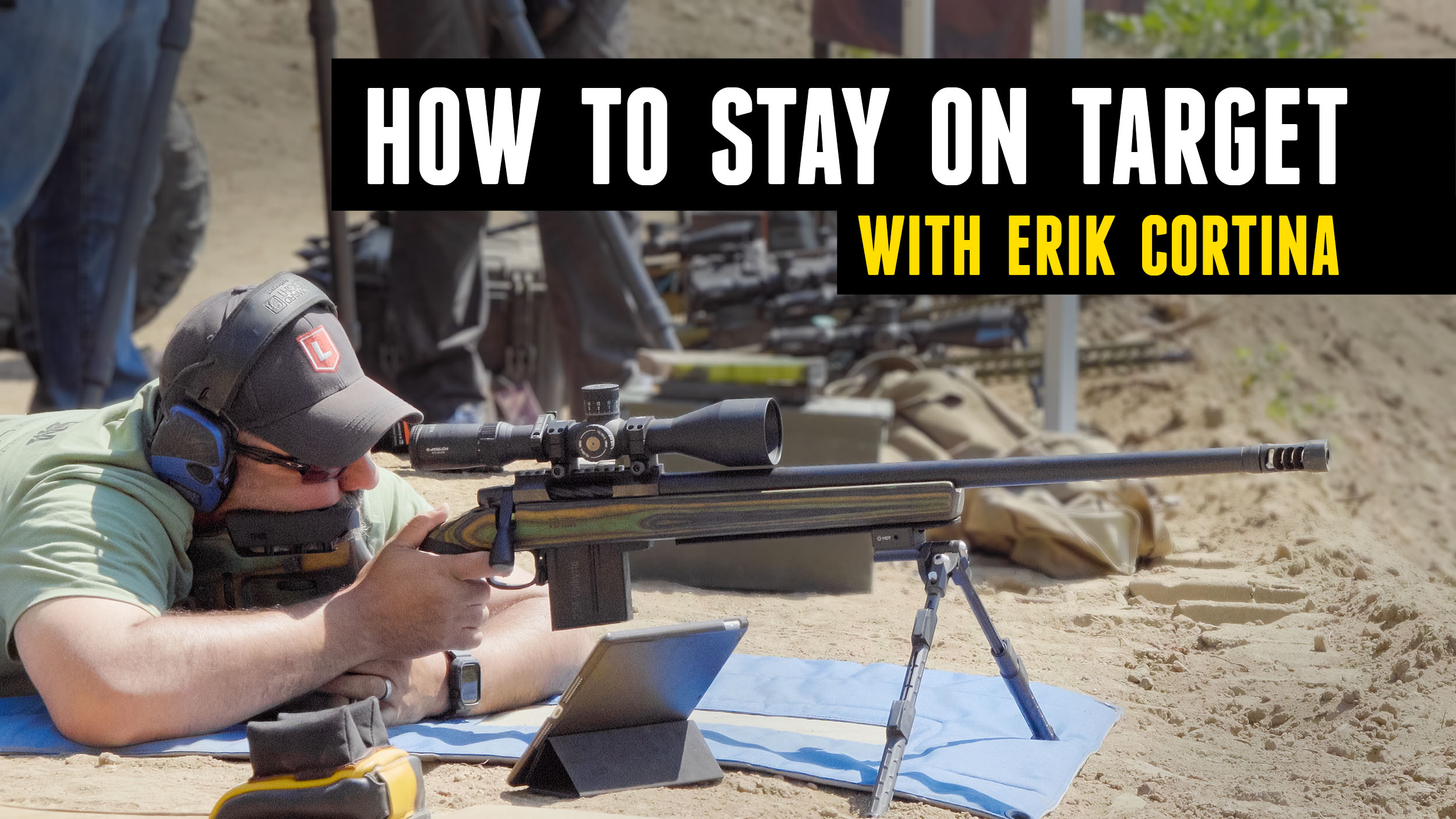Ever wonder how to get started in long range precision shooting? Today, we’re getting tips from F-Open champion Erik Cortina!
Disclaimer
Ultimate Reloader LLC / Making with Metal Disclaimer: (by reading this article and/or watching video content you accept these terms). The content on this website (including videos, articles, ammunition reloading data, technical articles, gunsmithing and other information) is for demonstration purposes only. Do not attempt any of the processes or procedures shown or described on this website. All gunsmithing procedures should be carried out by a qualified and licensed gunsmith at their own risk. Do not attempt to repair or modify any firearms based on information on this website. Ultimate Reloader, LLC and Making With Metal can not be held liable for property or personal damage due to viewers/readers of this website performing activities, procedures, techniques, or practices described in whole or part on this website. By accepting these terms, you agree that you alone are solely responsible for your own safety and property as it pertains to activities, procedures, techniques, or practices described in whole or part on this website.
About Erik Cortina
F-Open World Champion Erik Cortina shares his passion for shooting on instagram (@erikcortina) and on YouTube: Erik Cortina – Cortina Precision. Erik is also well-known in the PRS community and owns Cortina Precision, famous for tuners.
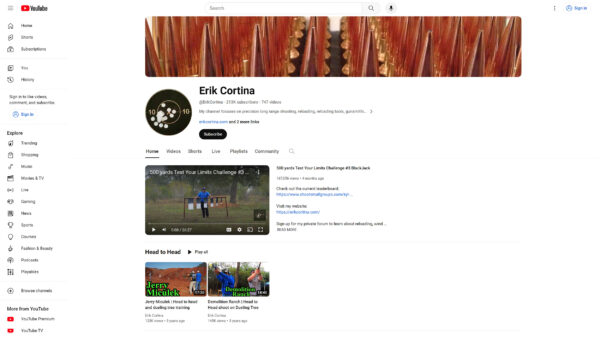
To learn more about Erik and his background, watch our full interview!
Starting Out in Precision Shooting
More and more people are pushing the limits of their gun and ammunition – making extreme long range shots on challenging targets. While not everyone is going past 1,000 yards, shooting “long range” is growing in popularity. It’s accessible to nearly everyone, but requires a proven platform — a quality gun and ammunition combination that is mechanically capable of the desired shots. Erik calls this “hardware” and the shooting skills “software.”
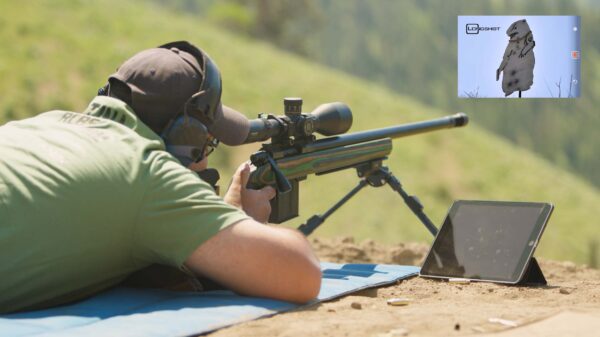
While good hardware is important, Erik has also seen shooters try to buy performance, heavily investing in hardware with no attention to developing their own shooting skills (software). He’s also seen the flip side – good shooters who spend lots of time learning, but don’t practice or don’t have the hardware they need to perform well. Outgrowing equipment is a real problem, and most shooters don’t realize when it happens.
Hardware Essentials
Erik explained that a quality setup boils down to brass, barrels, and bullets. Without good bullets, you’re just wasting time and money.
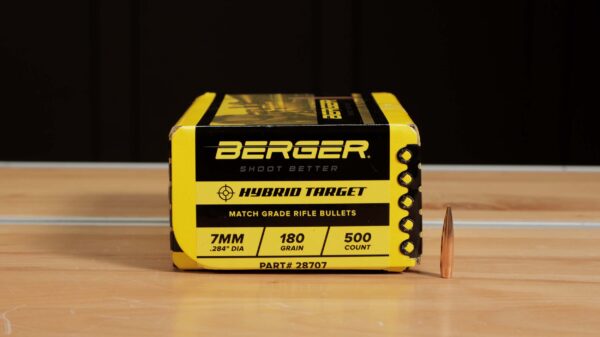
Brass provides consistency, but without a good barrel, nothing else matters.
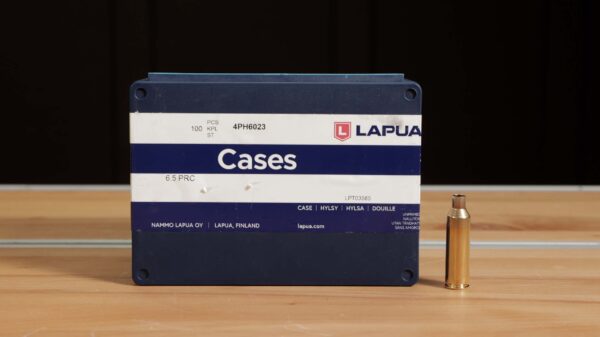
You could have the best bullets, brass, and reloading techniques in the world and shoot terribly because of the barrel.
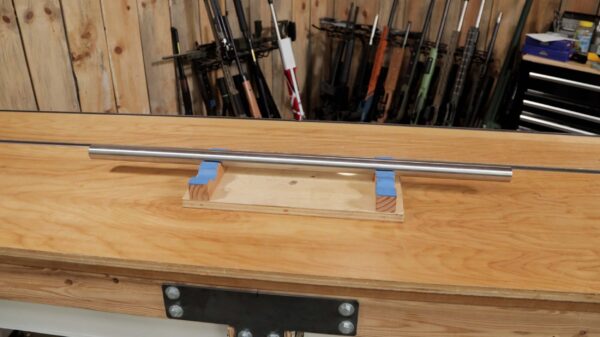
While there are many accessories and available upgrades, what else you need to shoot well depends on what you need to shoot consistently. It is user-specific. If you cannot consistently pull a heavy trigger for example, you may need a lighter one. If a stock is too long and you cannot get it in your shoulder the same way every time, you likely need a shorter stock. Anything that does not allow you to shoot consistently either needs worked on or upgraded.
Software Essentials
Marksmanship is paramount. In order to do well at long range, you need to shoot very well at 100 yards. If you cannot consistently shoot small groups at 100 yards, you won’t be able to do so at 1,000 yards. The further out you go, the more factors like wind come into play, making these shots even more difficult. (Keep in mind that your equipment also has to be capable of shooting small groups at 100 yards for you to do it!)
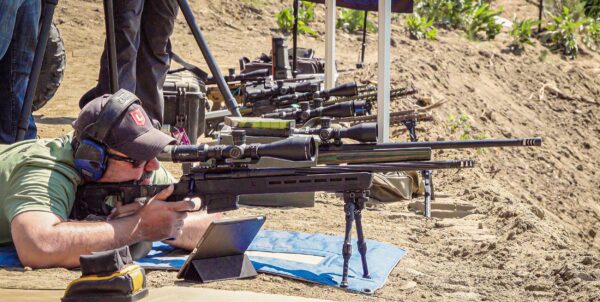
Once again, consistency is key. You have to be able to do the same thing every time in your shot process. Practice and dry-firing are crucial to success. If you don’t have good marksmanship skills, you won’t be able to determine what exactly is causing you to miss at longer distances —you, the environment, the equipment, or a combination.
Putting It Together
There are many small things shooters can do to eliminate or minimize variables. Ensuring you have a quality scope is a good example.
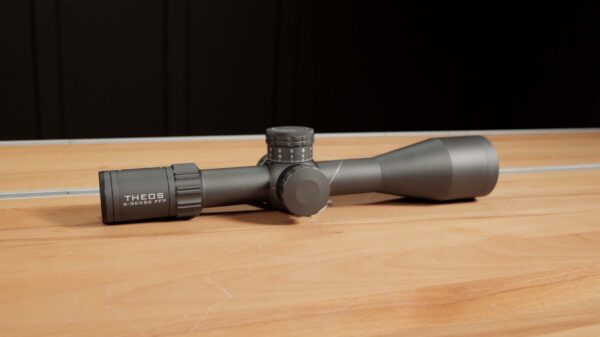
Perform a box test to test tracking. (If you don’t have good “software,” you won’t be able to accurately perform this test.) A level on your rifle is another helpful tool. It doesn’t magically increase accuracy, but it does provide you a way to validate that you aren’t canting the rifle, which can lead to inconsistencies.
Conclusion
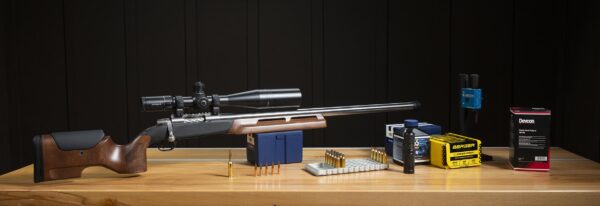
It’s easy to get discouraged by attempting to shoot long distances without the right equipment and skills. It’s also easy to get the wrong idea. Just because you hit a target once at 1,000 yards doesn’t mean you can do so consistently. Working from 100 yards towards a further distance with the right hardware and software is key.
Get the Gear
To learn more about competitive shooting, subscribe to Erik’s podcast/YouTube channels: Believe the Target and @ErikCortina. Erik not only shares his own experiences, but interviews a variety of champions!
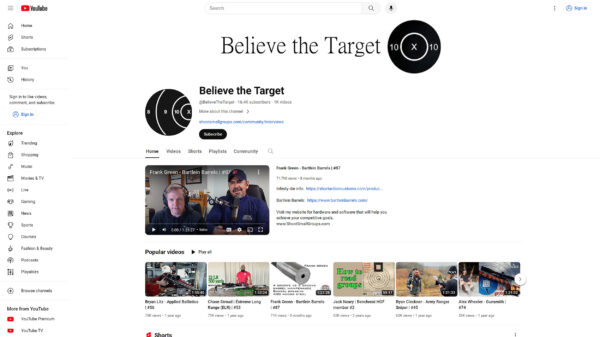
Don’t miss out on Ultimate Reloader updates, make sure you’re subscribed!
Thanks,
Gavin Gear
